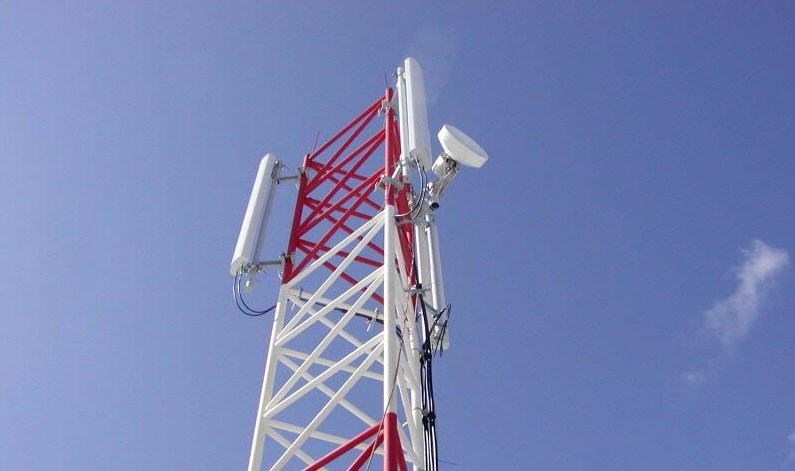More than half of the base stations in Russia support the standard 3G / LTE

In 2016, the number of base stations operating on 3G and LTE standards for the first time exceeded the number of GSM stations, Vedomosti reports with reference to Roskomnadzor. At the time of the study, only 43.9% of the stations supported only the GSM standard. The share of stations operating on the LTE standard was 20.7% of the total (an increase of 6.7 points), and 3G - 34.6% (unchanged).
From this it follows that last year for the first time in the history of the country the number of base stations providing broadband Internet access exceeded the number of stations providing voice services.
The Big Three operators and Tele2 are actively developing their network of base stations of 3G and LTE standards. The leader is Megafon, which in 2016 built 36,774 stations. The second place is occupied by Tele2 with 35,000 stations put into operation, followed by MTS (19,000 stations) and Vimpelcom (13,705 stations).
')
Operators are not planning to abandon GSM, as the base stations of this standard are less energy-intensive and expensive to operate. Voice services are still dominant in the portfolios of operators, but their profitability is markedly reduced with the growing popularity of instant messengers and VoIP-services.
Also, the base stations of the GSM standard cover almost 98% of the settlements of the Russian Federation, while 3G and LTE remain the destiny of megacities and large cities with high population density. However, this does not mean that GSM will be used forever. 3G and LTE stations as well as GSM stations can provide voice services and, besides, are more promising in terms of technology.
According to statistics, almost all cellular stations that are being built by operators now support 3G and LTE formats. At the same time, from year to year their share only increases. For example, the share of 3G or LTE base stations that MTS built was 77.6%, and in 2016 it rose to 83.5%.
Experts predict that the collapse of the GSM format in Russia should be expected no earlier than 2020. First of all, it is connected with infrastructure issues.
GSM-stations provide more coverage than 3G and LTE, therefore, their replacement will require a larger number of new generation points. In addition, at this stage, when the provision of voice services is still profitable (although not as it was before), the creation of a global cellular network with broadband Internet access is not as attractive from a financial point of view. Do not forget that so many subscribers still use mobile phones, for which GSM is the only available format.
Source: https://habr.com/ru/post/402209/
All Articles